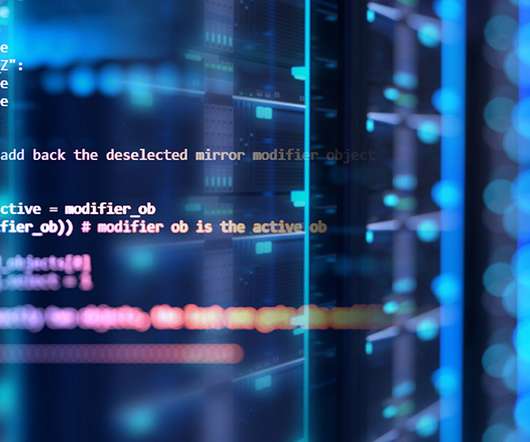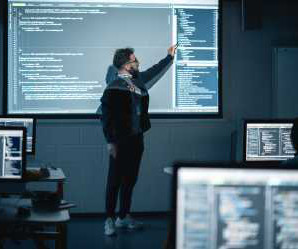Difference between Computer Science and Information Technology
The Crazy Programmer
SEPTEMBER 17, 2020
Computer Science people are mainly focused on software, operating systems, and implementation. After the creation of an application, information technology works on application to manage, install, design, continuously regulate, and run it on the operating system. It is business-oriented.















Let's personalize your content